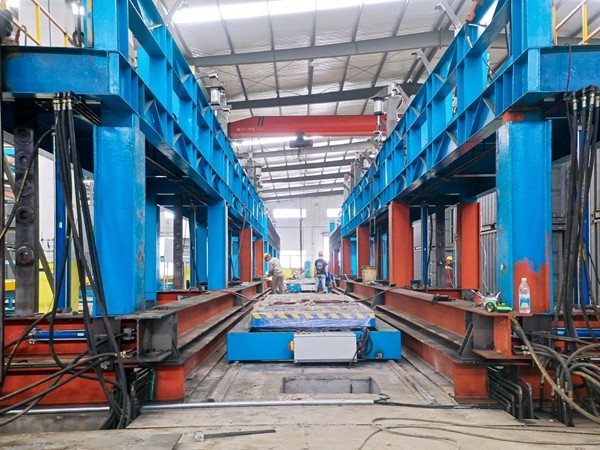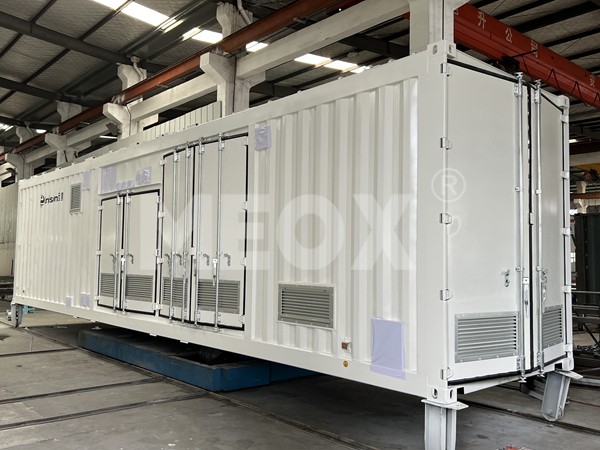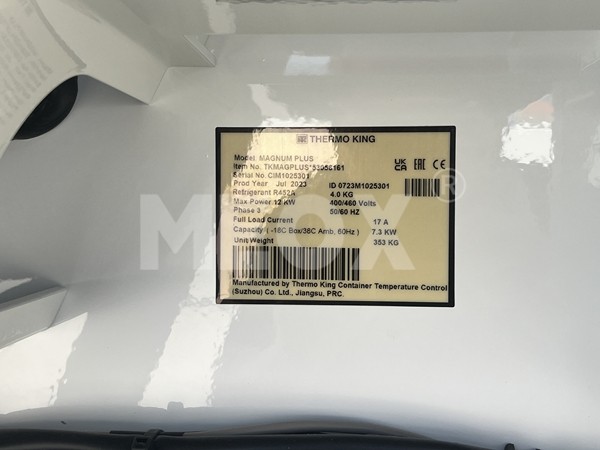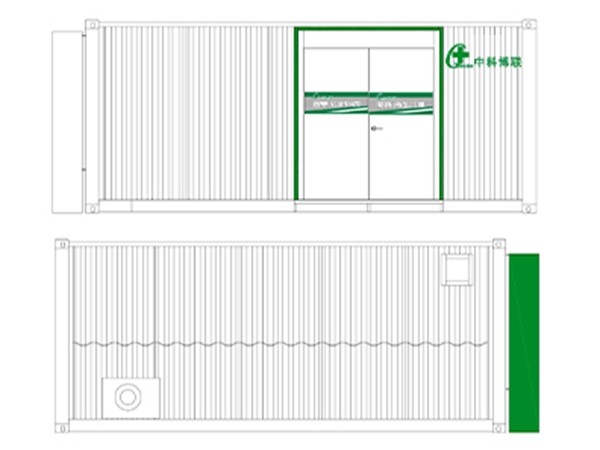Shipping container vegetable growing is transforming urban agriculture, providing an innovative solution for space constraints and food security challenges. As an exciting blend of technology and sustainability, this method is reshaping how cities approach food production. A deep dive into this fascinating world reveals not only the mechanics but also the profound benefits and considerations associated with this method.

Transforming a basic shipping container into a lush vegetable garden is a marvel of modern engineering and ingenuity. Primarily, these containers serve as controlled environments where temperature, humidity, and lighting adjust to optimize plant growth. Through hydroponics or aquaponics, vegetables can thrive without the need for soil. These methods use nutrient-rich water solutions to fuel plant growth, making the system both clean and highly efficient.
One remarkable advantage of shipping container vegetable growing is its capacity for year-round production. This consistent yield is a game-changer, especially for urban dwellers who often rely on imported produce that can fluctuate in quality and availability. By growing locally in containers, the control over the growing environment results in fresher produce, minimizing the carbon footprint associated with transportation and storage.

Moreover, these containers can stack or line up in underutilized urban spaces, from alleyways to rooftops, effectively turning any available area into a productive farm. This adaptability is crucial in cities where land is scarce and expensive, allowing for food production without the need for traditional farmland. As cities expand vertically, so do these farms, utilizing the height of buildings for food growth.
Sustainability remains at the core of this method. With water and nutrient use optimized and recycling systems in place, shipping container farms can significantly reduce waste compared to traditional farming. They also dramatically cut water usage, an essential factor in areas where water scarcity is a growing concern.
Engaging with this farming technique involves understanding key technological components. LED lighting systems play a vital role in simulate sunlight, customizing the light spectrum to the needs of different vegetable species. Coupled with sophisticated climate controls, containers can maintain optimal growing conditions, independent of external weather variations. These technologies ensure robust growth and can combat pests and diseases more effectively than traditional methods.shipping container vegetable growing
Another critical aspect of container farming is its role in local economic growth and community health. By situating farms in urban areas, communities can access fresh produce, reducing reliance on processed foods with lower nutritional value. The local production also supports the local economy by creating jobs in farming and technology maintenance.
However, starting a shipping container farm requires a significant initial investment, both financially and in terms of expertise. Entrepreneurs must familiarize themselves with hydroponic or aquaponic systems, climate control technologies, and the specific requirements of the vegetables they wish to grow. Partnering with experts in urban agriculture and technology can help operators overcome these entry barriers and ensure long-term success.
Moreover, regulatory considerations cannot be overlooked. Local zoning laws, health regulations, and business licenses must be taken into account. Each city may have different regulations, influencing how and where these container farms can operate. Successfully navigating these requirements is crucial for both startup operations and scaling existing farms.
In terms of community and trust, transparency in operations builds customer confidence in container-grown produce. Being open about farming practices, from the types of fertilizers used (if any) to the energy sources powering the farm, can establish credibility and foster consumer trust. Participatory community events or educational workshops can further enhance the profile of container farms as a community asset.
This innovative approach to agriculture offers a glimpse into the future of sustainable food production. As technology and agriculture increasingly intersect, the potential for shipping container vegetable growing continues to expand. Investments in research, technology, and community engagement will push the boundaries even further, transforming urban agriculture to meet global food demands.
Shipping container vegetable growing is not just an alternative—it is a pivotal component of sustainable urban living. By continuously honing the systems and investing in technology, this method promises to nourish cities with locally-sourced, nutritious vegetables while championing a greener, more self-reliant urban future.






